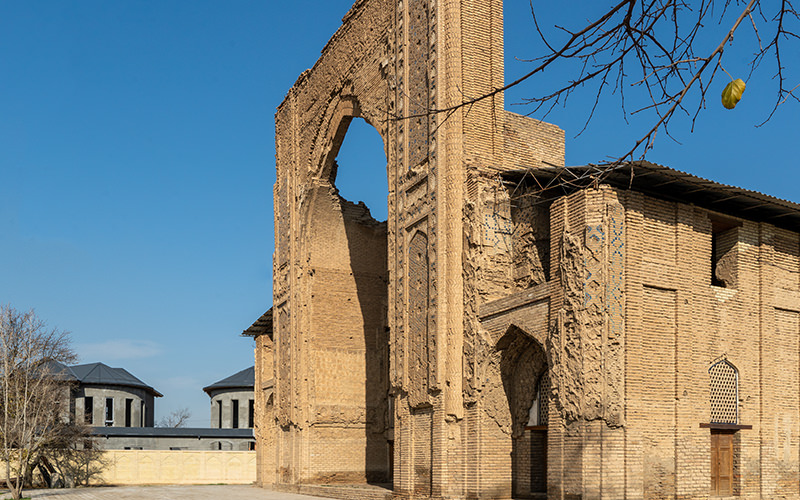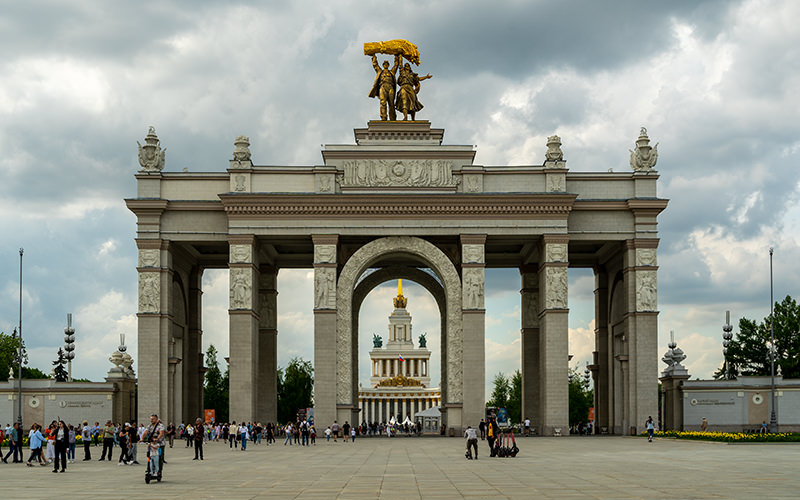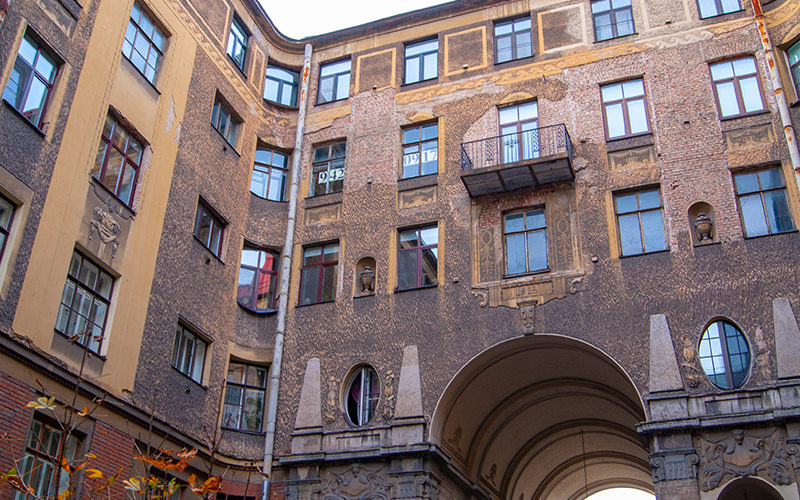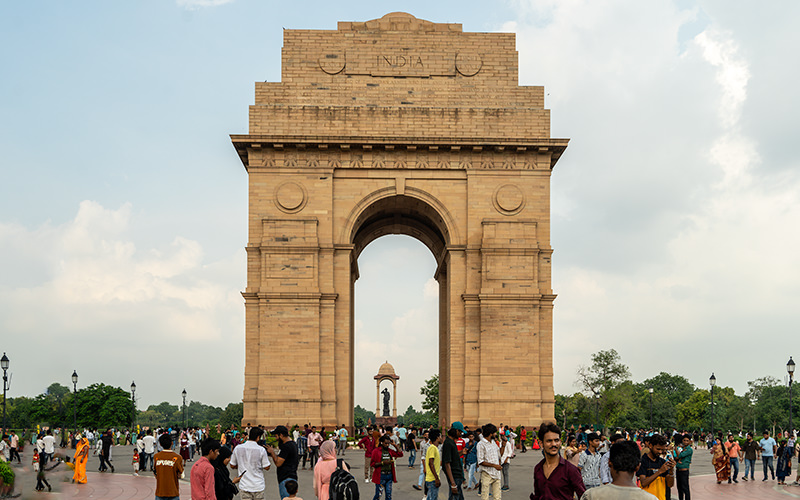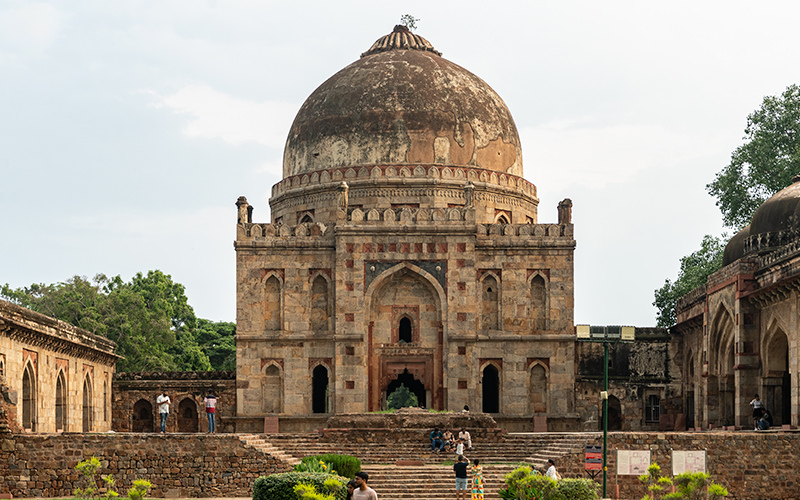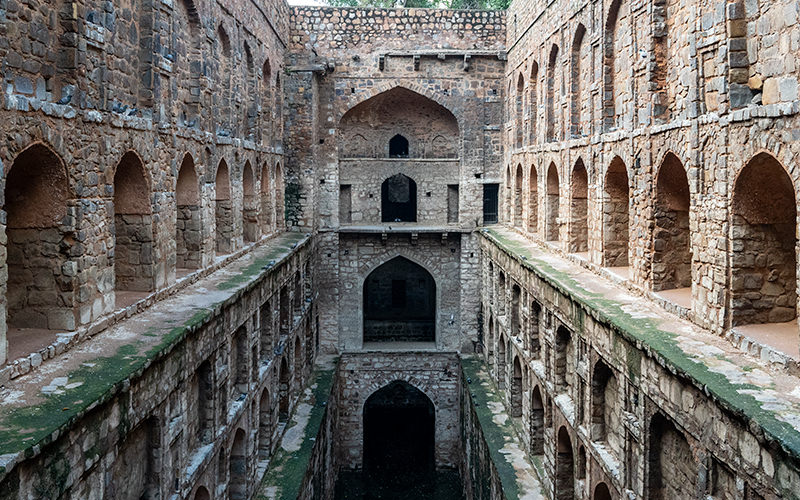One of the days during my week-long trip through the Golden Triangle of India, I decided to dedicate a visit to Humayun's Tomb in Delhi. This attraction features a vast promenade area with a garden and many unusual structures.
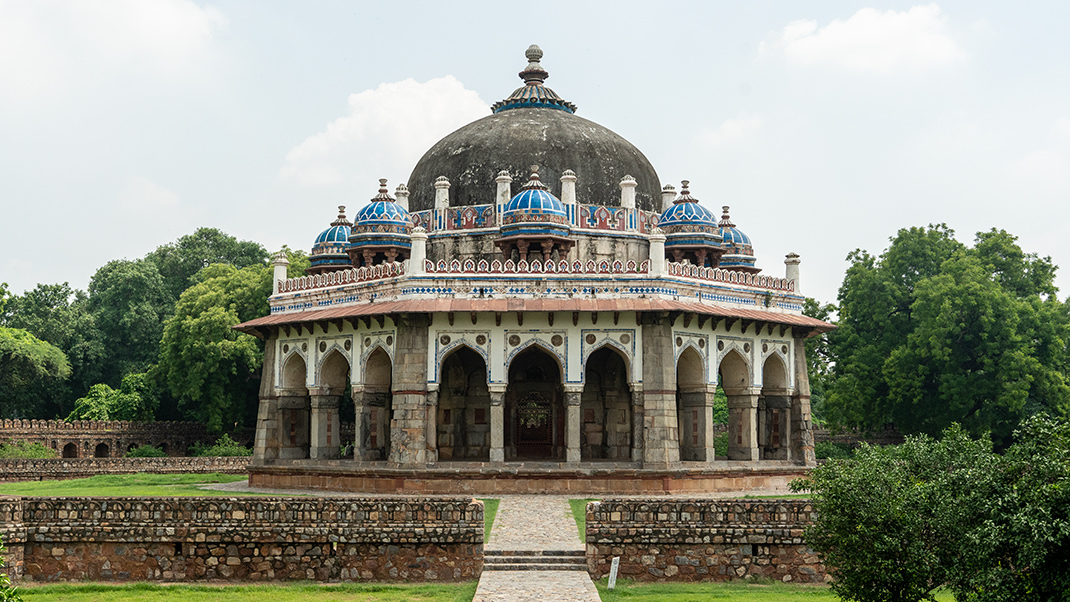
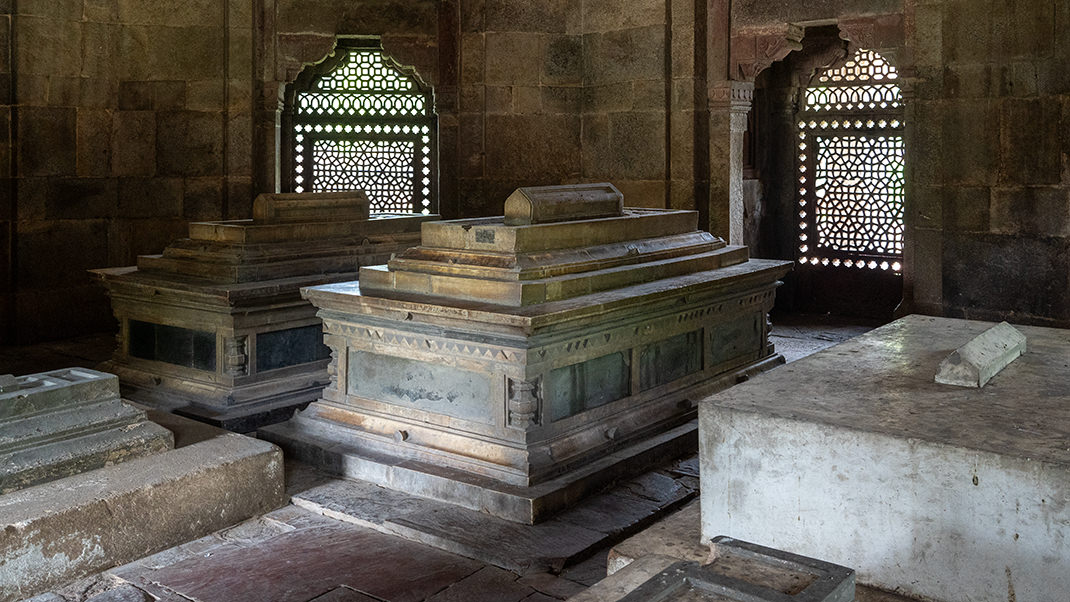
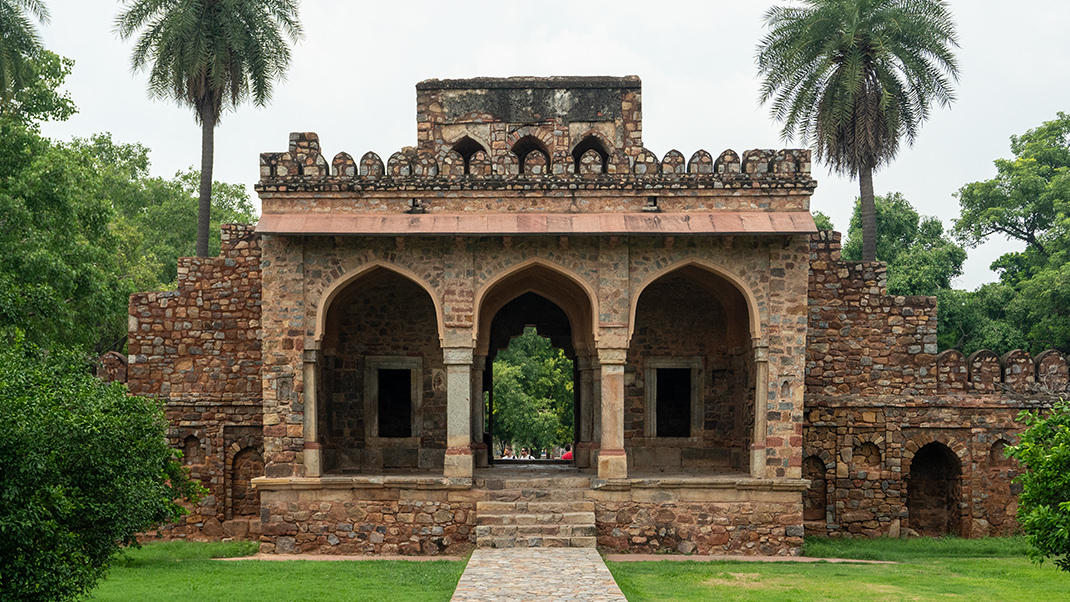
A Bit of History
The burial complex is considered an example of early Mughal architecture, a dynasty that ruled India from the first half of the 16th century until 1858. On the internet, Humayun's Tomb is referred to as the link between the Gur-e Amir in Samarkand and the famous Taj Mahal: Timur, who was an ancestor of Humayun, is buried in Samarkand, and the Taj Mahal was built by his great-grandson.
Humayun himself was the son and successor of the founder of the Mughal dynasty, ruler Babur. He passed away in 1556.
The mausoleum was constructed between 1562 and 1576. The client was Humayun's wife, Bega Begum. Today, this memorial complex is listed as a UNESCO World Heritage Site.
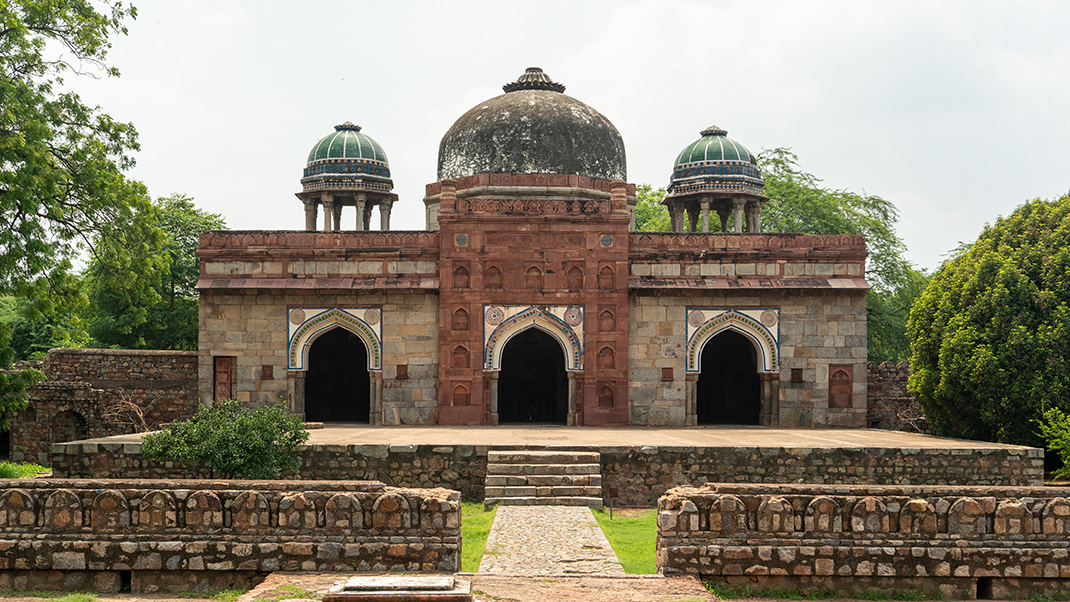
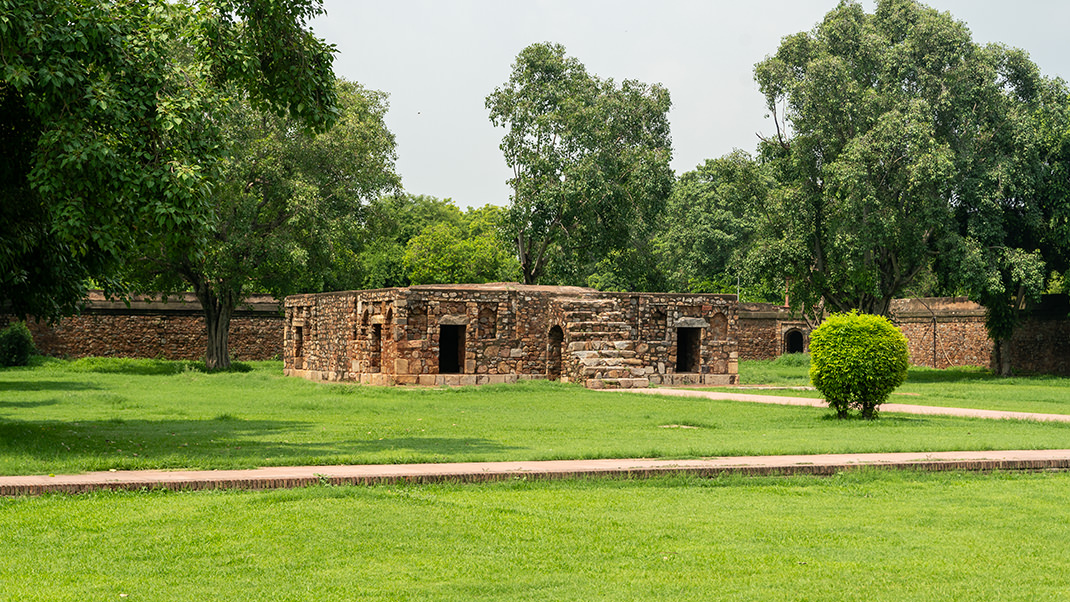
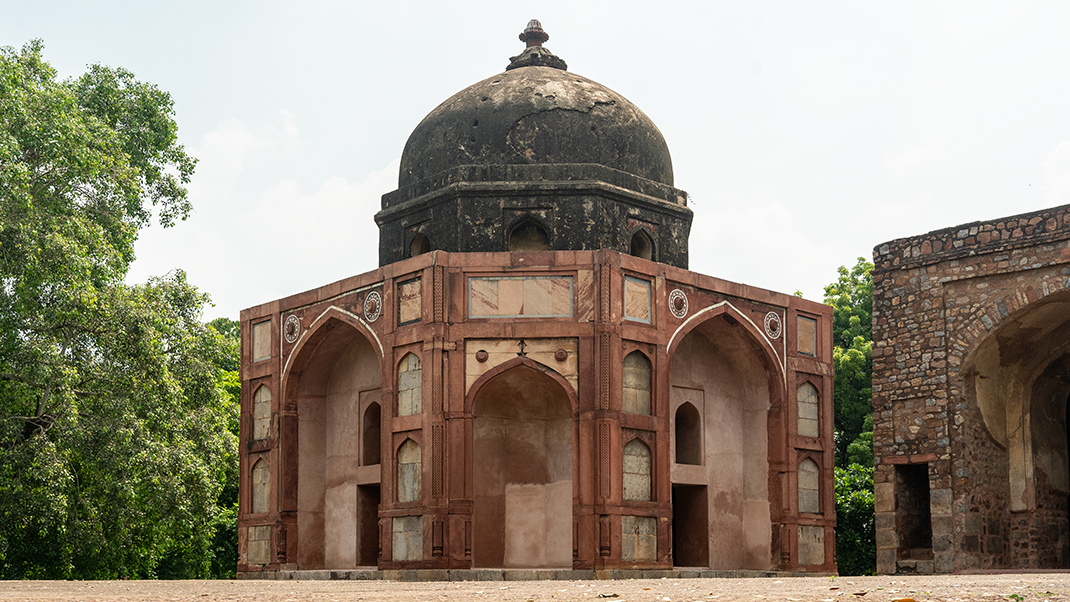
A Walk Through the Complex
In addition to Humayun's Tomb, the complex includes many different architectural structures—gates, mosques, and other tombs. In total, around 150 representatives of the Mughal dynasty are buried within the grounds.
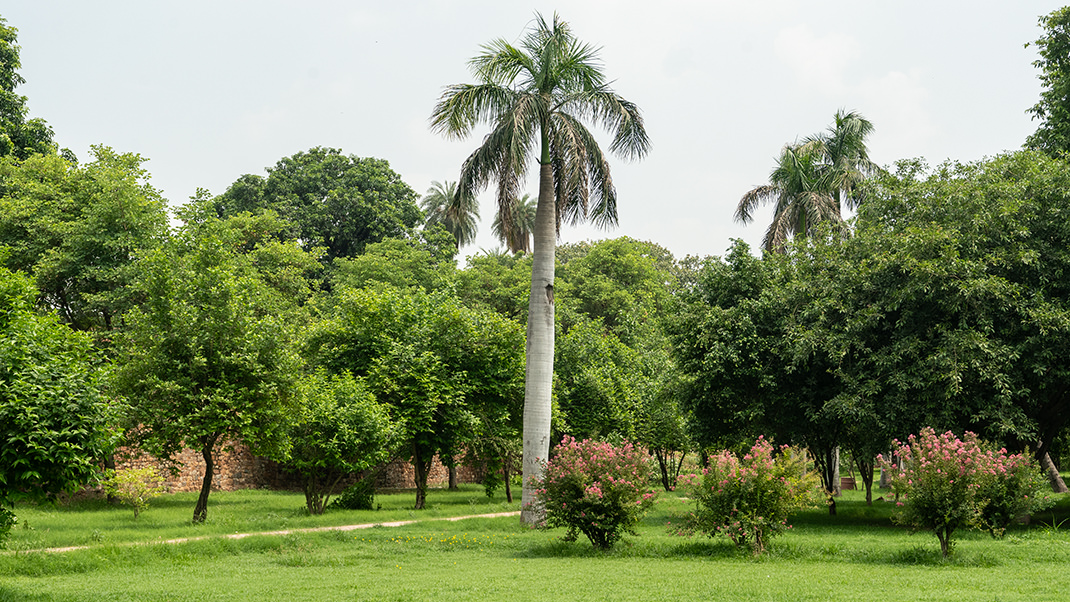
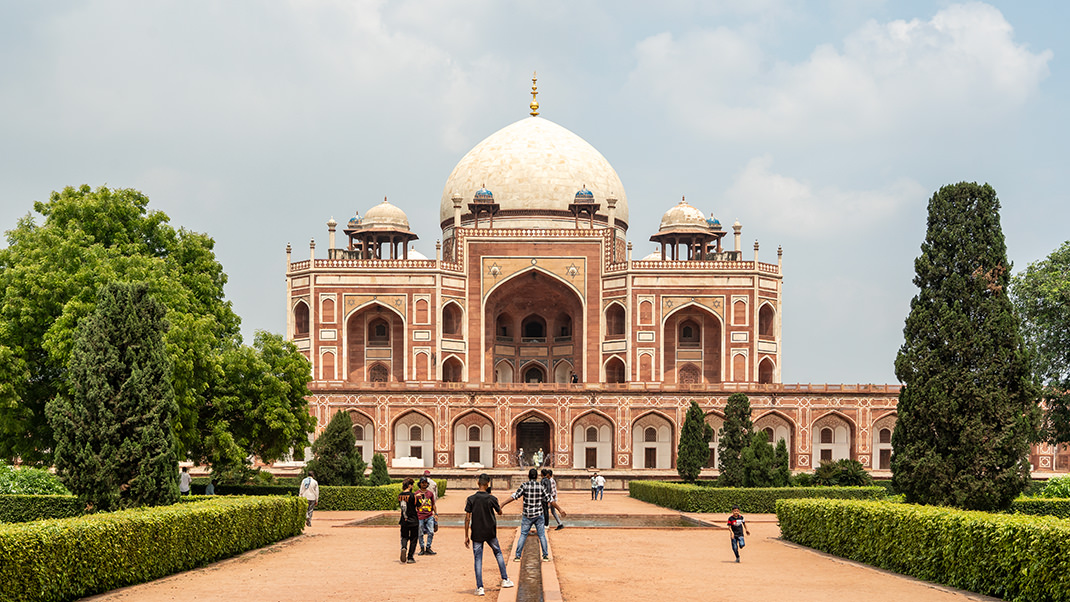
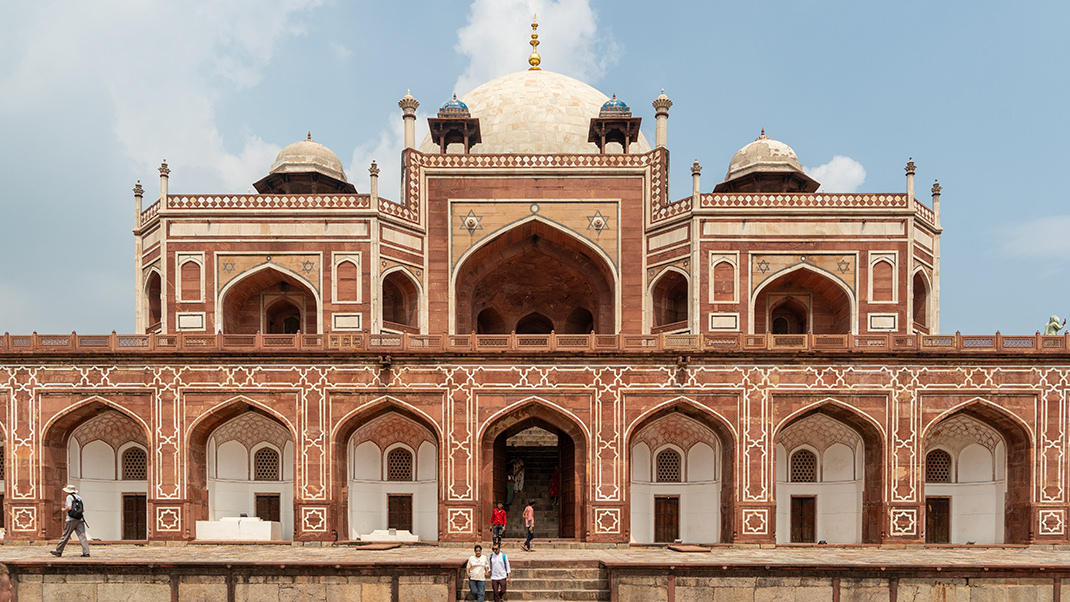
The height of the mausoleum is 42.5 meters, topped with a massive onion-shaped dome. Inside the structure, there is a system of small rooms with a central hall where the tombstone is located. The main room is elevated above ground level, accessed by a high staircase. From the platform at the entrance, there is a view of the entire burial complex.
The entrance to the grounds is located in the western part of the ensemble. You can reach it from the "Jawaharlal Nehru Stadium" metro station, which takes about 15 minutes. I arrived at the tomb from the "Hazrat Nizamuddin" metro station by taxi. The ride should have taken around seven minutes, but I got caught in a twenty-minute traffic jam. It's important to consider such delays when planning your itinerary.
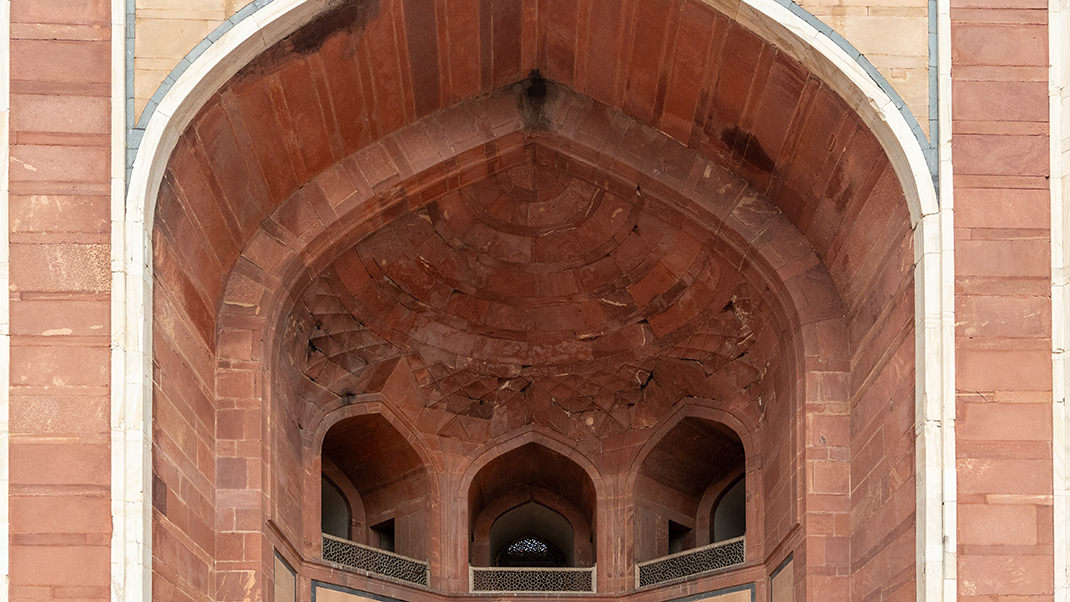
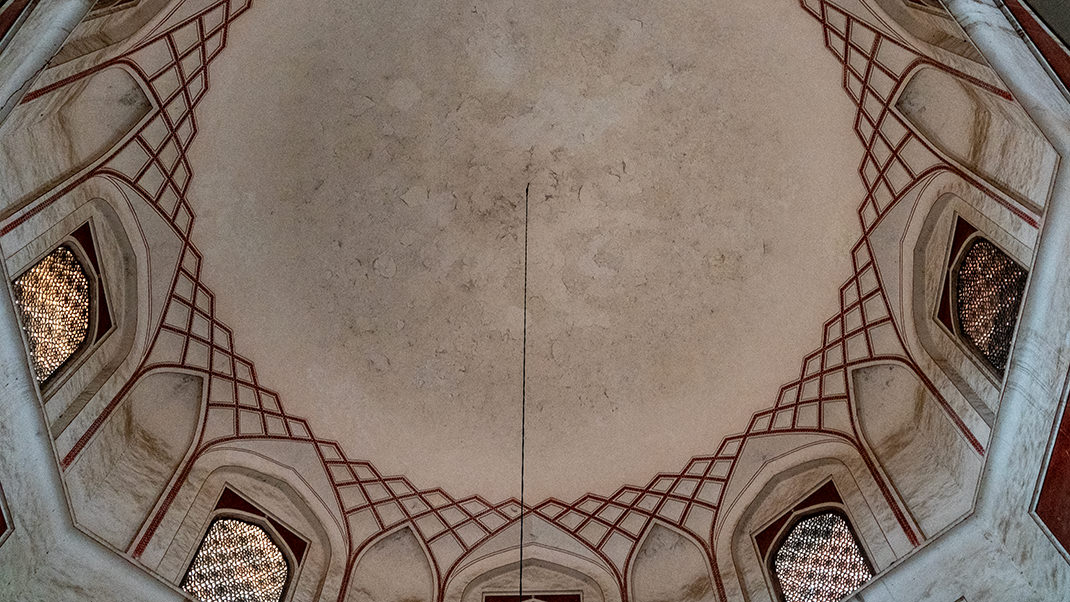
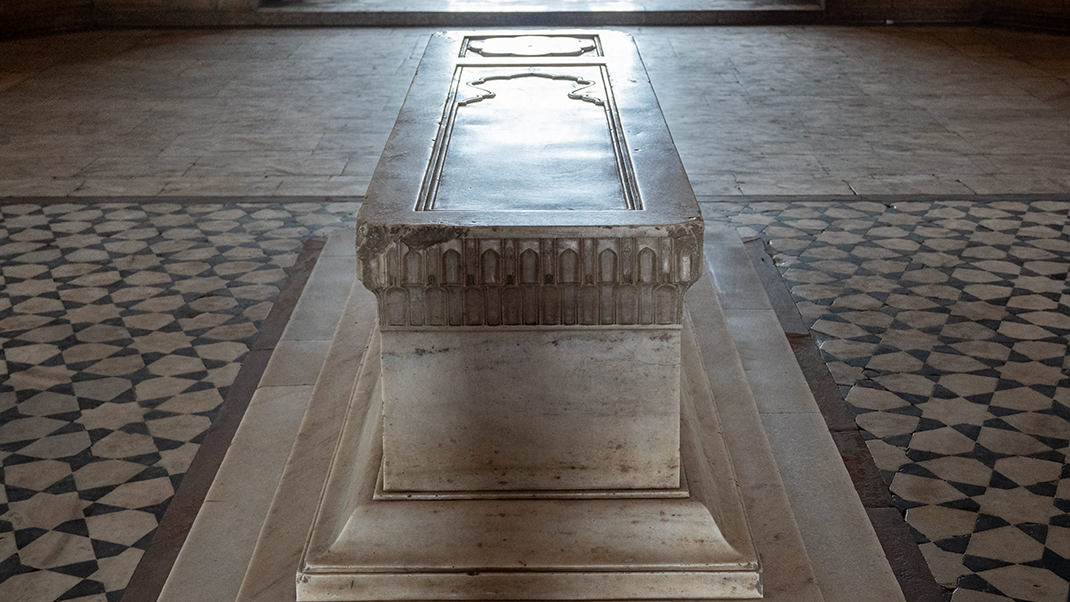
There are two ways to pay for entrance to the complex: you can pay cash at the ticket office (in which case the ticket will cost 600 Indian rupees), or you can purchase tickets on the website of the Ministry of Culture of India. In the latter case, you will pay 50 rupees less.
I planned to spend most of the day on this visit, but it only took about an hour to explore. Don’t forget to bring drinking water, as there are no shops or cafes on the grounds.
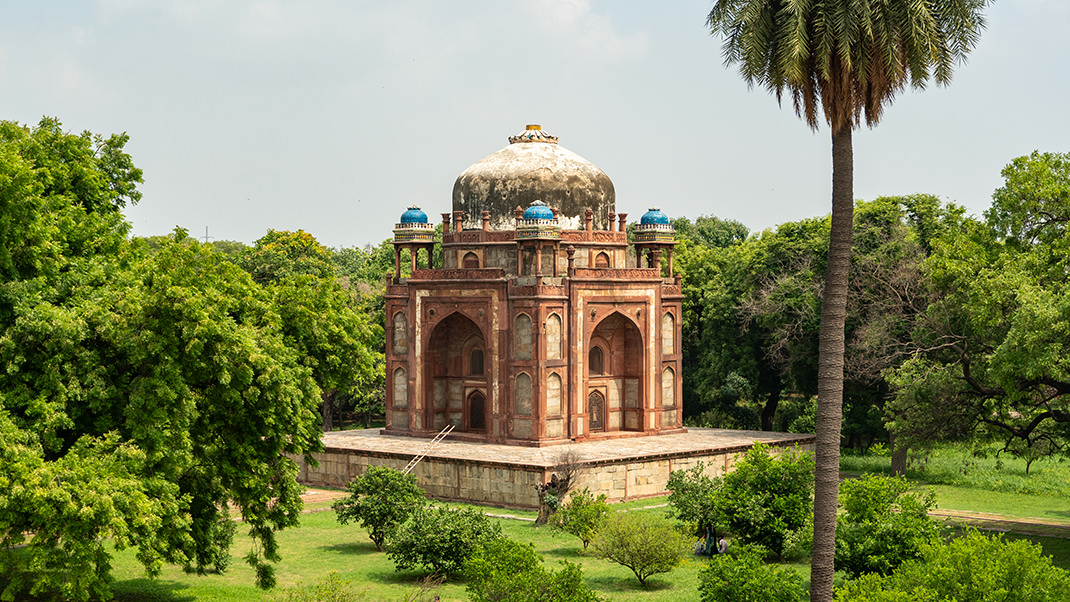
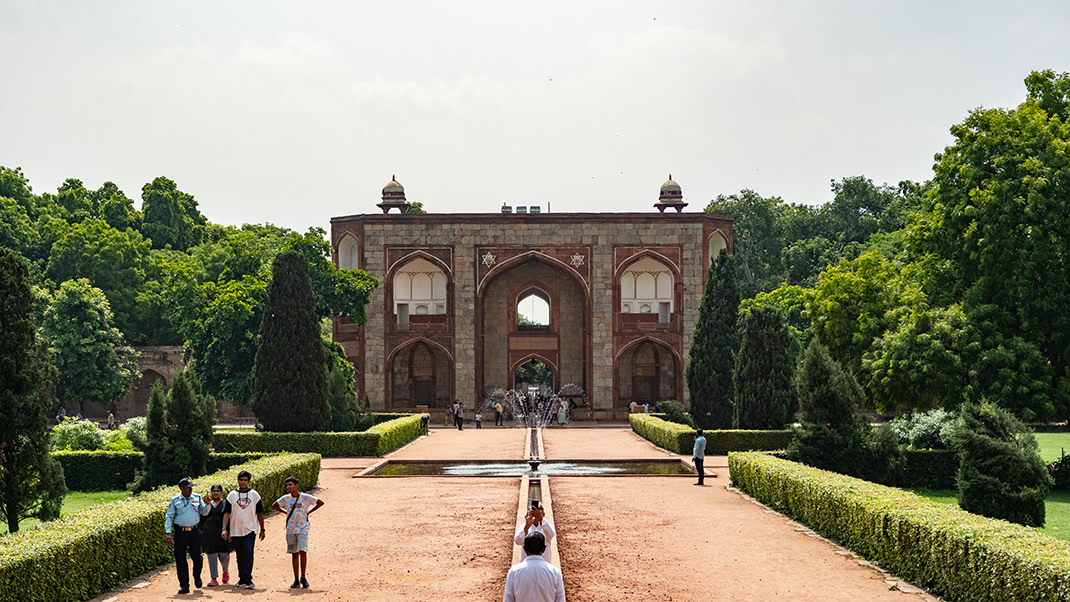
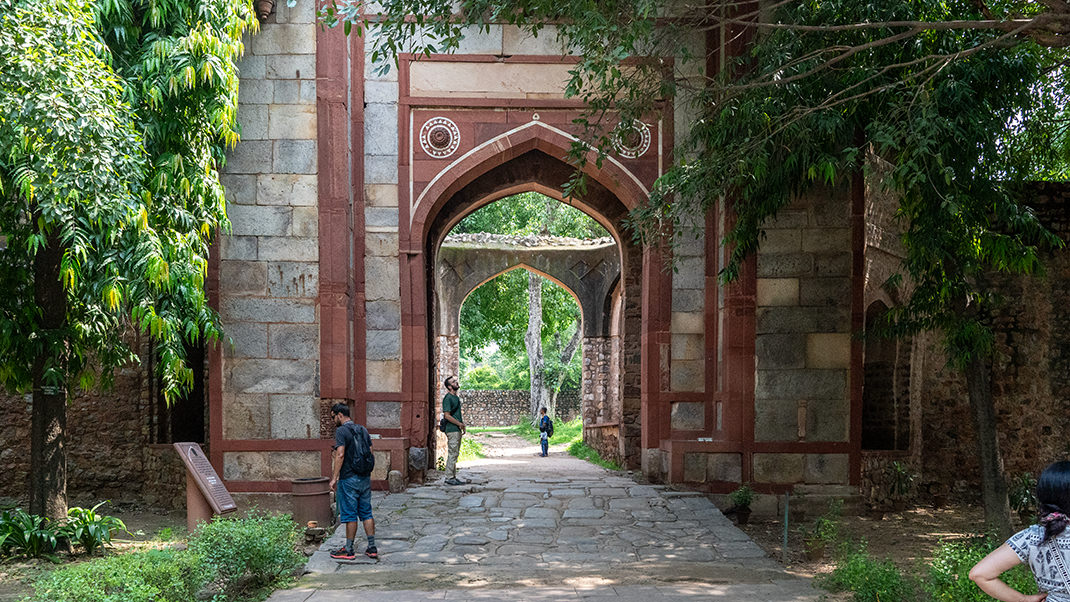
The next and final article about attractions in Delhi will focus on the National Railway Museum of the city.
Have a nice trip!


